Python Delete All Files In Directory
Checking the Directory
Before deleting any files, it is crucial to ensure that the directory exists. Python provides the `os` module, which offers numerous functions for working with the operating system. We can use the `os.path.exists()` method to check if a directory exists or not.
“`python
import os
directory = ‘/path/to/directory’
if os.path.exists(directory):
print(“Directory exists”)
else:
print(“Directory does not exist”)
“`
Listing all Files in the Directory
To delete all files in a directory, we first need to get a list of all the files present. The `os` module provides the `os.listdir()` method, which returns a list of all files and directories in the specified directory.
“`python
import os
directory = ‘/path/to/directory’
files = os.listdir(directory)
for file in files:
print(file)
“`
Deleting Files
To delete files using Python, we can use the `os.remove()` method from the `os` module. It allows us to delete a file by specifying its path.
“`python
import os
file_path = ‘/path/to/file’
if os.path.exists(file_path):
os.remove(file_path)
print(“File deleted successfully.”)
else:
print(“File does not exist.”)
“`
Deleting Specific File Types
Sometimes, we may need to delete only specific types of files from a directory. To accomplish this, we can utilize the `glob` module, which allows us to find files by using patterns.
“`python
import glob
import os
directory = ‘/path/to/directory’
file_type = ‘*.csv’
files = glob.glob(os.path.join(directory, file_type))
for file in files:
os.remove(file)
print(f”Deleted: {file}”)
“`
Prompting for Confirmation Before Deleting Files
Deleting files without any confirmation can be risky. To mitigate this, we can prompt the user for confirmation before deleting the files.
“`python
import os
directory = ‘/path/to/directory’
confirmation = input(“Are you sure you want to delete all files in the directory? (y/n): “)
if confirmation.lower() == ‘y’:
files = os.listdir(directory)
for file in files:
file_path = os.path.join(directory, file)
os.remove(file_path)
print(f”Deleted: {file_path}”)
else:
print(“Deletion cancelled.”)
“`
Handling Errors
When dealing with file operations, it is crucial to handle errors properly. Errors can occur due to invalid paths, insufficient permissions, or other unforeseen circumstances. The `try-except` block in Python allows us to handle errors gracefully.
“`python
import os
directory = ‘/path/to/directory’
try:
files = os.listdir(directory)
for file in files:
file_path = os.path.join(directory, file)
try:
os.remove(file_path)
print(f”Deleted: {file_path}”)
except Exception as e:
print(f”Error deleting {file_path}: {e}”)
except Exception as e:
print(f”Error accessing directory {directory}: {e}”)
“`
Now that we have explored various techniques to delete files in a directory using Python, let’s move on to some frequently asked questions.
## FAQs
### Q: How can I delete all files in a directory using Python?
To delete all files in a directory using Python, you can utilize the `os` module. First, ensure that the directory exists by using the `os.path.exists()` method. Then, use the `os.listdir()` method to get a list of all files in the directory. Finally, iterate over the files and use the `os.remove()` method to delete each file individually.
### Q: How can I delete all CSV files in a folder using Python?
To delete all CSV files in a folder using Python, you can combine the techniques mentioned above. Use the `glob` module to find all CSV files in the directory and then delete each file using the `os.remove()` method.
### Q: Can I prompt for confirmation before deleting files in Python?
Yes, you can prompt for confirmation before deleting files in Python by using the `input()` function to ask the user for their confirmation. Implement a simple `if` condition to proceed with the deletion only if the user enters the desired confirmation prompt.
### Q: How should I handle errors when deleting files in Python?
When deleting files in Python, it is essential to handle errors gracefully. Use the `try-except` block to catch any exceptions that may occur during the file deletion process. This allows you to handle errors, display appropriate error messages, and continue with the deletion process smoothly.
In conclusion, deleting all files in a directory using Python can be accomplished through various methods. By utilizing the `os` module, we can check the directory, list all files, delete specific file types, prompt for confirmation, and handle any errors that may arise. These techniques provide flexibility and efficiency when dealing with file operations in Python.
Delete All Files In A Directory | Python Tutorial
Keywords searched by users: python delete all files in directory Delete all file in folder Python, Python list all files in directory and subdirectories, Delete all csv files in a folder python, Python delete directory, Delete folder Python, Python remove files in directory, Copy all file in folder Python, Delete multiple file python
Categories: Top 95 Python Delete All Files In Directory
See more here: nhanvietluanvan.com
Delete All File In Folder Python
Python is a powerful programming language that offers a variety of tools and libraries to accomplish a wide range of tasks efficiently. When it comes to managing files and directories, Python provides a straightforward and convenient way to perform tasks such as deleting files in a folder. In this article, we will explore different approaches to deleting all files in a folder using Python and provide a comprehensive guide to help you accomplish this task effectively.
Understanding the Basics: Deleting Files and Directories in Python
Before diving into deleting files in a folder, let’s first understand how Python handles files and directories. In Python, we can make use of the `os` and `shutil` modules to perform file and directory-related operations.
The `os` module offers a comprehensive set of functions to interact with the operating system. It provides methods to manipulate file paths, remove files and directories, and much more. On the other hand, the `shutil` module builds on top of the `os` module and provides high-level operations that make it easier to work with files and directories.
Approach 1: Using the `os` Module
To delete all files in a folder using the `os` module, we can make use of the `os.remove()` function in combination with the `os.listdir()` function. Here’s an example code snippet:
“`python
import os
folder_path = ‘/path/to/folder’
# Generate a list of all files in the folder
files = os.listdir(folder_path)
# Iterate through the files and delete each one
for file_name in files:
file_path = os.path.join(folder_path, file_name)
os.remove(file_path)
“`
By using the `os.listdir()` function, we can generate a list of all files in the specified folder. Then, we iterate through each file in the list and remove it using the `os.remove()` function.
Approach 2: Using the `shutil` Module
Another approach to delete all files in a folder is to utilize the `shutil` module. The `shutil` module provides the `shutil.rmtree()` function, which allows us to remove a directory and all its contents recursively in a single step. Here’s an example code snippet:
“`python
import shutil
folder_path = ‘/path/to/folder’
# Delete the entire folder and its contents
shutil.rmtree(folder_path)
“`
By calling the `shutil.rmtree()` function with the folder path as the argument, we can delete the entire folder and its contents. It is important to exercise caution when using this approach, as it irreversibly deletes all files inside the specified folder.
Frequently Asked Questions (FAQs):
Q1: Does the `os.remove()` function delete directories as well?
No, the `os.remove()` function is specifically designed to delete files, not directories. If you attempt to use it on a directory, a `IsADirectoryError` will be raised. To delete directories, you should use the `os.rmdir()` or `shutil.rmtree()` function, depending on your requirements.
Q2: Is it possible to delete all files in subdirectories as well?
Yes, both the `os` and `shutil` modules support the deletion of files in subdirectories. When using the `os.listdir()` function to generate a list of files, it includes all files within the specified folder, regardless of their location in the directory tree. Therefore, by iterating through each file in the list and utilizing the correct file path, you can delete files in subdirectories as well.
Q3: How can I check if a file exists before attempting to delete it?
To check if a file exists before deleting it, you can use the `os.path.exists()` function. This function returns `True` if the specified file or directory exists, and `False` otherwise. By employing this check before executing the deletion code, you can ensure that you do not encounter any unexpected errors.
Q4: Is there a way to permanently delete files without sending them to the recycle bin?
Yes, by default, the deletion functions in Python (such as `os.remove()` and `os.rmdir()`) permanently delete files and directories on most operating systems. However, if you want to send files to the recycle bin instead, you can make use of third-party libraries like `send2trash`.
Conclusion
Deleting all files in a folder using Python can be easily accomplished with the help of the `os` and `shutil` modules. We discussed two approaches, one using the `os` module for iterative deletion and the other using the `shutil` module for recursive deletion. Both approaches offer efficient and effective ways to manage files in a folder using Python. Remember to exercise caution when deleting files to ensure no important data is lost accidentally.
FAQs section provided essential answers to commonly asked questions, such as handling directories, deleting files in subdirectories, checking file existence before deletion, and choosing between permanent deletion and sending files to the recycle bin. With this comprehensive guide, you can confidently delete all files in a folder using Python, streamlining your file management tasks.
Python List All Files In Directory And Subdirectories
Listing Files in a Directory and its Subdirectories in Python:
————————————————————
Approach 1: Using os.walk()
—————————
Python’s os module provides the walk() function, which recursively traverses a directory tree, returning tuples of (directory, subdirectories, files). By iterating through the tuples returned by walk(), we can obtain all files in a directory and its subdirectories.
Here’s an example implementation using os.walk():
“`python
import os
def list_files(directory):
for root, _, files in os.walk(directory):
for file in files:
file_path = os.path.join(root, file)
print(file_path)
“`
Explanation:
– The function `list_files()` accepts a parameter `directory` that specifies the path to the target directory.
– Inside the function, we call `os.walk(directory)` to obtain the generator object that yields a tuple of directory path, subdirectories, and files at each iteration.
– We unpack the tuple into three variables: `root` (directory path), `subdirectories`, and `files`.
– By iterating over `files`, we get the names of all files in the current directory.
– We then join `root` and `file` using `os.path.join()` to obtain the complete file path.
– Finally, we print the file path, but you can modify this step to suit your specific requirements.
Approach 2: Using pathlib.Path()
——————————-
Another convenient method to list files in a directory and its subdirectories is by utilizing Python’s pathlib module. This module provides an object-oriented interface for the file system, making it easier to work with paths and files.
Here’s an example implementation using pathlib.Path():
“`python
import pathlib
def list_files(directory):
path = pathlib.Path(directory)
for file in path.rglob(‘*’):
if file.is_file():
print(file)
“`
Explanation:
– We import the `pathlib` module and define the `list_files()` function, which takes a parameter `directory` specifying the target directory.
– We create a pathlib.Path object by passing the `directory` parameter to it.
– To recursively iterate through all the files and directories, we use the `rglob()` method, passing `’*’` as the pattern to match all files and directories.
– To check if the current object is a file, we use the `is_file()` method, and if it is, we print the file object.
FAQs (Frequently Asked Questions):
———————————-
Q1. Can I filter the listed files based on specific criteria?
A1. Yes, you can add conditions inside the for loop to filter the files based on certain criteria. For example, you can check for specific file extensions or file sizes and customize the output accordingly.
Q2. How can I store the listed files in a list for further processing?
A2. Instead of printing the file paths directly, you can append them to a list inside the loop. Here’s an example:
“`python
import os
def list_files(directory):
file_list = []
for root, _, files in os.walk(directory):
for file in files:
file_path = os.path.join(root, file)
file_list.append(file_path)
return file_list
“`
Q3. Is there a performance difference between using os.walk() and pathlib.Path()?
A3. While there may be slight performance differences between these approaches, they are usually negligible for small to moderate-sized directory structures. However, for large directories with numerous files, pathlib.Path() may have a slight edge in terms of performance.
Q4. How can I list only the files in the top-level directory without including its subdirectories?
A4. In both approaches (os.walk() and pathlib.Path()), you can modify the code by adding a condition to check the current depth to exclude subdirectories. For example, you can add a variable `depth` to keep track of the current depth and modify the loops accordingly.
Q5. Are there any external libraries available to simplify listing files in directories?
A5. Yes, there are some third-party libraries such as scandir and glob2 that provide additional functionalities and can be used for listing files in directories. However, for most use cases, the built-in modules os and pathlib are sufficient and recommended due to their ease of use and portability.
Conclusion:
———–
Listing all files in a directory and its subdirectories is a common task in file handling, and Python provides multiple approaches to achieve this. By using built-in modules such as os and pathlib, developers have flexible options to efficiently traverse directories and obtain the desired file lists. Whether using os.walk() or pathlib.Path(), Python offers powerful tools to fulfill this requirement.
Images related to the topic python delete all files in directory

Found 5 images related to python delete all files in directory theme
![Python Delete Files and Directories [5 Ways] – PYnative Python Delete Files And Directories [5 Ways] – Pynative](https://pynative.com/wp-content/uploads/2021/06/python_delete_files_and_directories.png)



![Python Delete Files and Directories [5 Ways] – PYnative Python Delete Files And Directories [5 Ways] – Pynative](https://pynative.com/wp-content/uploads/2021/06/before_file_delete.png)






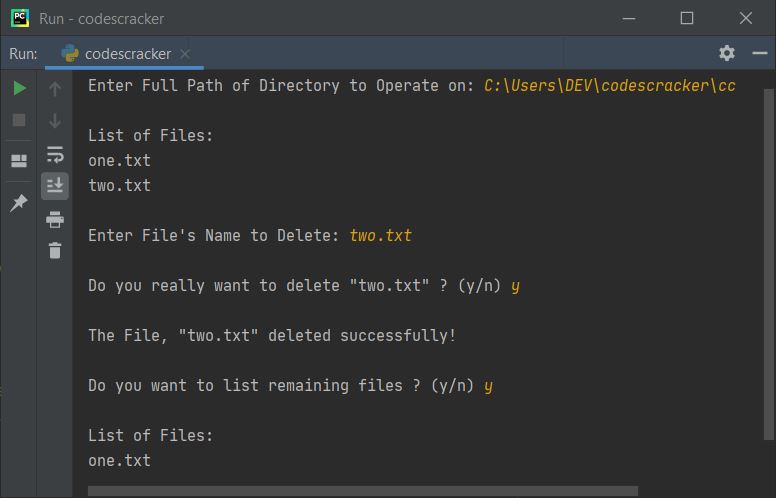

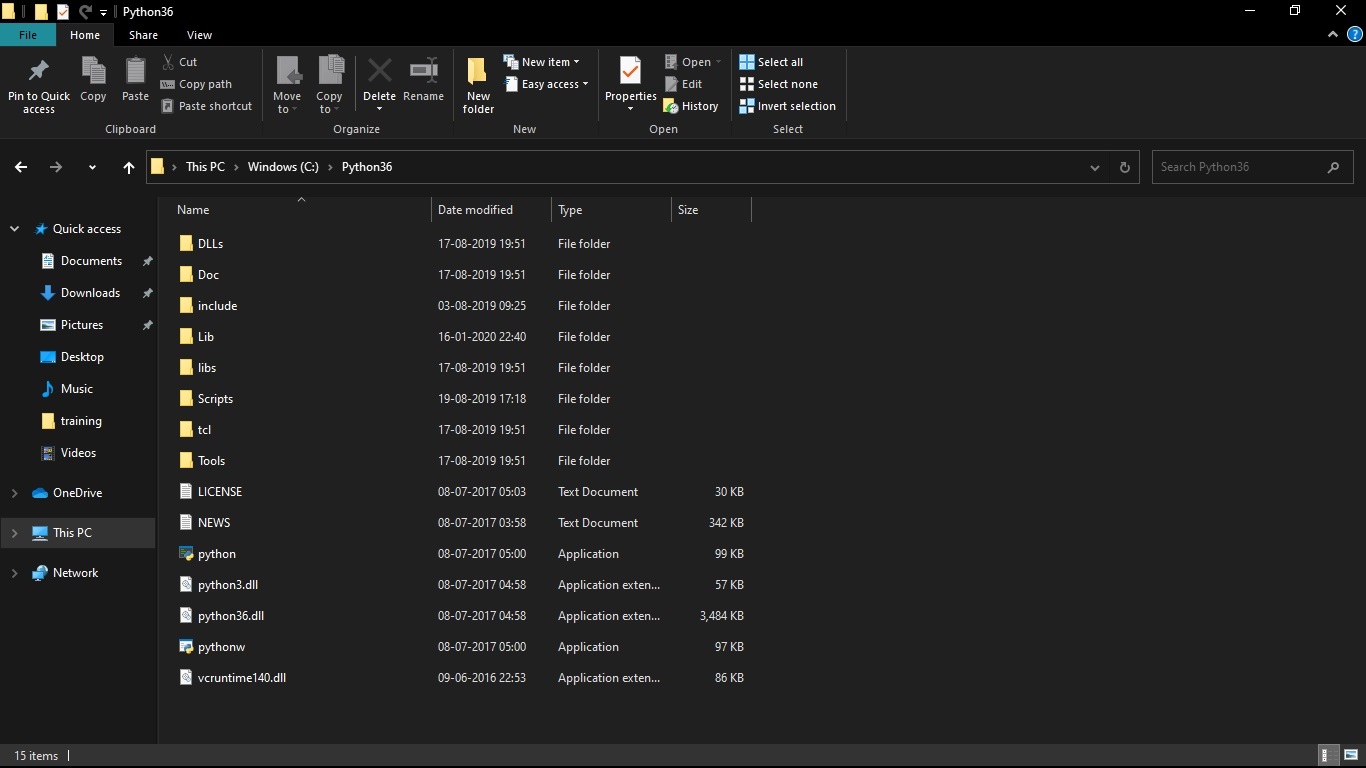

















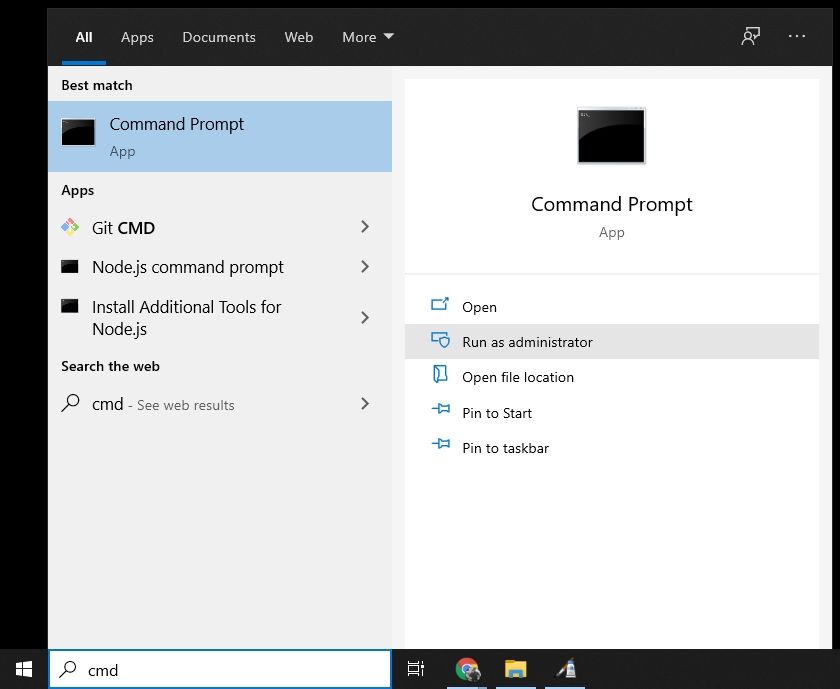

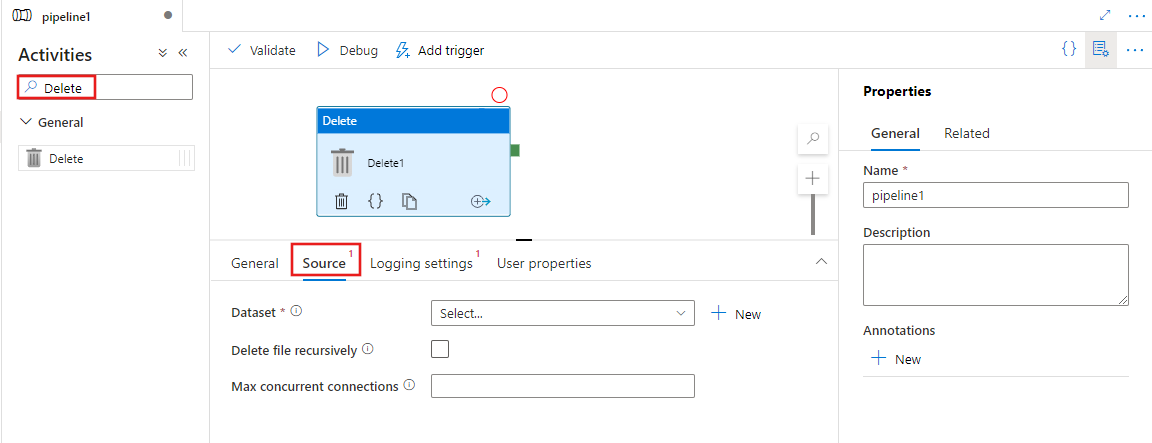



![File Handling in Python [Complete Series] – PYnative File Handling In Python [Complete Series] – Pynative](https://pynative.com/wp-content/uploads/2021/07/file_handling_in_python.png)



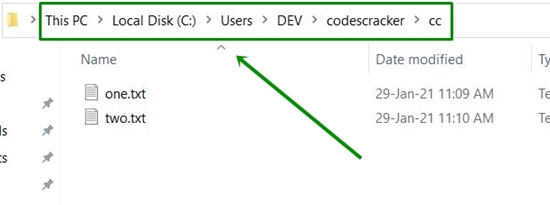








Article link: python delete all files in directory.
Learn more about the topic python delete all files in directory.
- Delete all files in a directory in Python | Techie Delight
- python – How to delete the contents of a folder? – Stack Overflow
- Delete (Remove) Files and Directories in Python – PYnative
- Python Delete File – How to Remove Files and Folders
- Python Delete All Files in a Folder – wellsr.com
- How to Delete the Contents of a Folder in Python – AskPython
- Delete a directory or file using Python – GeeksforGeeks
- How to delete all files with a specific extension in Python
- Delete a File in Python: 5 Methods to Remove Files (with code)
- How to Delete (Remove) Files and Directories in Python
See more: nhanvietluanvan.com/luat-hoc